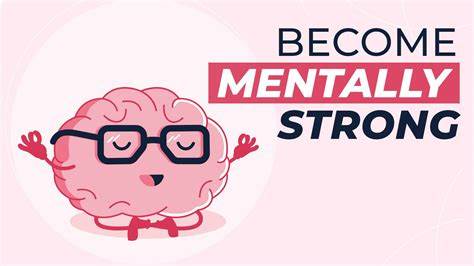While exercise is a crucial component of overall health, it’s not always feasible for everyone due to injury, time constraints, or personal preference. The good news is that you can still lose weight safely and effectively by focusing on one key factor: your diet. This guide offers a step-by-step approach to changing your eating habits and lifestyle to achieve weight loss goals without exercise. Weight loss is about making smart, sustainable choices that align with your body’s needs.
Disclaimer: Before making any significant changes to your diet, it’s always best to consult with a healthcare professional or registered dietitian to ensure the plan suits your individual health needs.
Step 1: Understand the Foundation – The Calorie Deficit
The cornerstone of weight loss is the calorie deficit.
A calorie deficit occurs when you consume fewer calories than your body burns in a day. To make up for the energy shortfall, your body starts to burn stored fat, leading to weight loss. While exercise can help burn more calories, you can create a calorie deficit solely through food choices.
The following steps are designed to help you achieve a sustainable calorie deficit without feeling deprived.
Step 2: Prioritize High-Quality, Nutrient-Dense Foods
What you eat matters. Nutrient-dense foods help keep you full while providing essential vitamins and minerals. Focusing on these foods will naturally reduce your calorie intake.
- Increase Your Protein Intake
Protein is essential for satiety, helping you feel full for longer. It also increases the thermic effect of food (TEF), meaning your body burns more calories just digesting it.- How to do it: Include lean protein in every meal.
- Examples: Grilled chicken, fish, eggs, Greek yogurt, lentils, beans, tofu.
- Fill Up on Fiber
Fiber adds bulk to your meals, helping you feel full without adding excessive calories. It also stabilizes blood sugar levels.- How to do it: Fill half your plate with non-starchy vegetables at each meal.
- Examples: Leafy greens, broccoli, bell peppers, quinoa, fruits like apples, berries, legumes.
- Choose Healthy Fats
Healthy fats are essential for hormone function and can contribute to feelings of fullness.- How to do it: Include small portions of healthy fats in your diet.
- Examples: Avocado, nuts, seeds, olive oil.
Step 3: Master Your Portions and Eating Habits
How you eat is just as important as what you eat.
- Practice Portion Control
Even healthy foods can lead to overeating if portions are too large. Smaller plates can trick your brain into feeling satisfied with less.
Use your hand as a guide:- Protein: Palm-sized portion.
- Vegetables: Fist-sized portion.
- Carbs: Cupped-hand portion.
- Fats: Thumb-sized portion.
- Embrace Mindful Eating
Eating distractedly can lead to overeating. Mindful eating helps you reconnect with your body’s hunger and fullness cues.- How to do it:
- Sit down at a table without distractions.
- Eat slowly and chew thoroughly.
- Pay attention to flavors and textures.
- Stop when you feel comfortably full.
- How to do it:
- Avoid Liquid Calories
Sugary drinks can add hundreds of calories without providing lasting satiety.- How to do it: Stick to water, herbal teas, or black coffee for a calorie-free boost.
Step 4: Optimize Your Lifestyle for Weight Management
Lifestyle habits can also affect your weight loss efforts.
- Stay Hydrated
Water is essential for weight loss. Thirst is often mistaken for hunger, leading to overeating.- How to do it: Drink 8-10 glasses of water daily. Keep a water bottle on hand to stay hydrated.
- Prioritize Sleep
Poor sleep disrupts hunger-regulating hormones, leading to increased appetite and cravings.- How to do it: Aim for 7-9 hours of sleep each night. Create a calming bedtime routine to improve sleep quality.
- Manage Stress
Chronic stress increases cortisol, which can boost appetite and promote fat storage, especially around the belly.- How to do it: Find healthy stress management techniques, such as meditation, deep breathing exercises, or spending time in nature.
By following these deliberate, evidence-based strategies, you can successfully achieve a sustainable weight loss journey, even without exercise. The power to manage your weight starts right in your kitchen!





